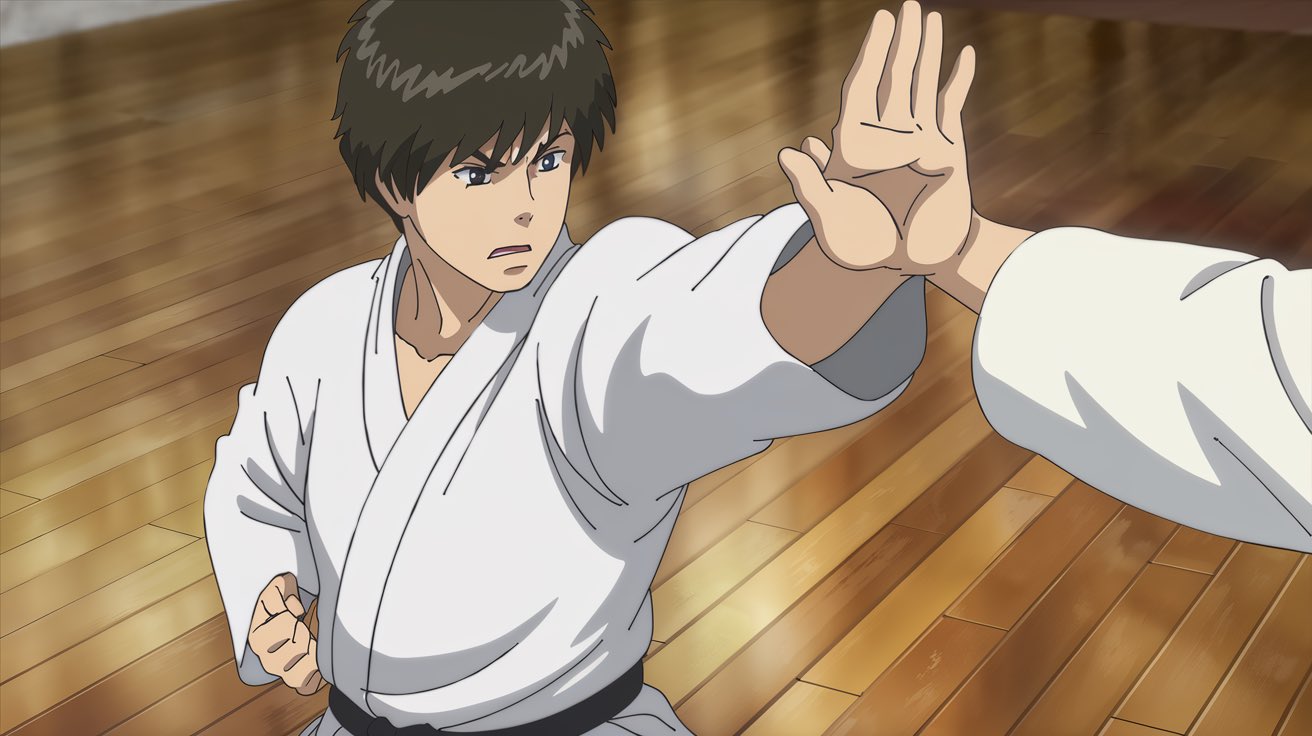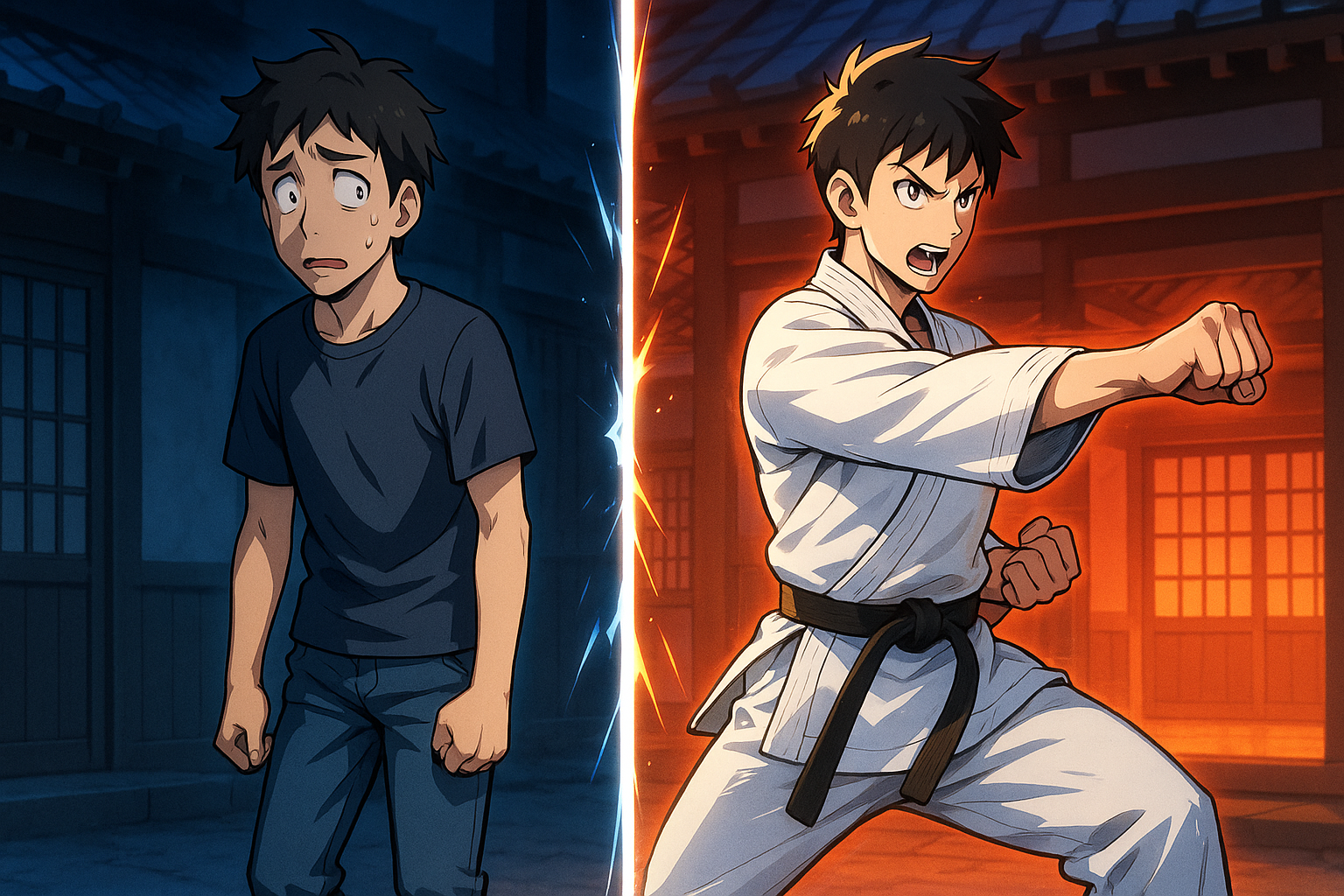Master the 5 Essential Basic Shotokan Karate Blocks: A Beginner’s Guide to Unbreakable Defence
Here’s the deal: if you’re serious about karate, you’ve gotta get your defenses down cold. In the world of martial arts, knowing how to block isn’t just important—it’s what keeps you standing when it matters most. So today, we’re diving straight into the 5 core Shotokan blocks that every karateka needs.
Whether you’re just getting started or you’ve already thrown a few punches, these moves are gonna level up your defensive game and give you the kind of confidence that only comes with mastering the basics.
Plus these blocks appear throughout the 26 shotokan kata, so you’ll be repeating and reinforcing these moves over and over.
Ready? Let’s get into it.
Why Blocking Techniques Matter
Before we dive into the actual blocks, let’s talk about why these moves are such a big deal. According to the research, mastering your blocks can stop a whopping 80% of incoming strikes from hitting their mark.
Think about that—a solid block could be the difference between staying in the fight or getting knocked flat. Whether you’re gearing up for a tournament or dealing with real-life self-defense, that’s a huge advantage you can’t afford to miss.
And why its an essential part of your shotokan karate training.
The 5 Basic Karate Blocks in Shotokan Karate
1. Age Uke (Rising Block)
The age-uke, or rising block, is your primary defense against overhead attacks. Picture this: you’re facing an opponent throwing a downward strike toward your head. Here’s how to execute it perfectly:
– Start with your blocking arm at waist level
– Rotate your forearm while raising it upward
– End with your forearm at a 45-degree angle above your forehead
– Keep your other hand at your hip in ready position
Please watch this video to understand the path of the block
Pro Tip: Focus on explosive hip movement rather than raw strength. The block’s effectiveness comes from proper technique (angle is 45 degrees) and timing.
2. Gedan Barai (Downward Block)
This fundamental block defends against low attacks targeting your midsection or below. Here’s the breakdown:
– Begin with your blocking arm raised
– Swing your arm downward in a strong, sweeping motion
– End with your forearm at a 45-degree angle to your thigh
– Maintain a strong stance throughout the movement
Common Mistake: Many beginners swing their arm too wide. Keep the movement tight and controlled.
3. Soto Uke (Outside Block)
The soto-uke defends against attacks coming from the outside toward your center. Key points include:
– Start with your blocking arm across your chest
– Move your forearm outward in a circular motion
– End with your forearm vertical, about shoulder-width from your center
– Keep your elbow bent at approximately 90 degrees
Watch this instructor
Training Secret: Practice this block slowly at first to develop muscle memory.
4. Uchi Uke (Inside Block)
This versatile block protects against attacks coming toward your centerline. Essential elements:
– Begin with your blocking arm at your hip
– Move your forearm inward and upward
– Finish with your forearm vertical, protecting your centerline
– Maintain strong focus (kime) throughout
Expert Insight: The uchi-uke can easily transition into a counter-attack, making it particularly effective in sparring.
5. Shuto Uke (Knife-Hand Block)
The iconic knife-hand block is both elegant and effective. Here’s how to master it:
– Position your open hand like a knife edge
– Block from outside to inside
– Keep your blocking arm slightly bent (elbow remains one fist width from body)
– Coordinate with hip rotation for maximum power
Important Note: This block requires extensive practice to develop the proper hand conditioning.
Common Questions Answered
Q: How long does it take to master these blocks?
A: With regular practice (3-4 times per week), basic proficiency can be achieved in 3-6 months. True mastery takes years of dedicated training.
Q: Should I practice blocks on both sides?
A: Absolutely! Modern Shotokan training emphasizes equal proficiency on both sides for balanced development.
Training Tips for Success
1. Practice slowly and deliberately before adding speed
2. Focus on proper form before power
3. Incorporate blocking drills into your daily routine
4. Always maintain proper breathing techniques
5. Practice with a partner whenever possible
In the past key points have been lost because of the translation from japanese. Make sure you watch the instructional videos above to ensure your karate kihon (basic) blocks are all performed correctly. This is the foundation of excellence.
Conclusion: These basic karate blocks are the foundation to becoming an excellent shotokan karate fighter
Nailing these five essential Shotokan blocks is like building an unbreakable wall in your martial arts journey. But here’s the kicker: it’s not just about learning them once and calling it a day. The secret sauce? Consistency and proper technique. Get those two things down, and you’ll turn these basic blocks into powerful defensive moves that’ll keep you standing tall no matter what comes your way.
Remember to share this post, and subscribe to the newsletter.





Leave a Reply